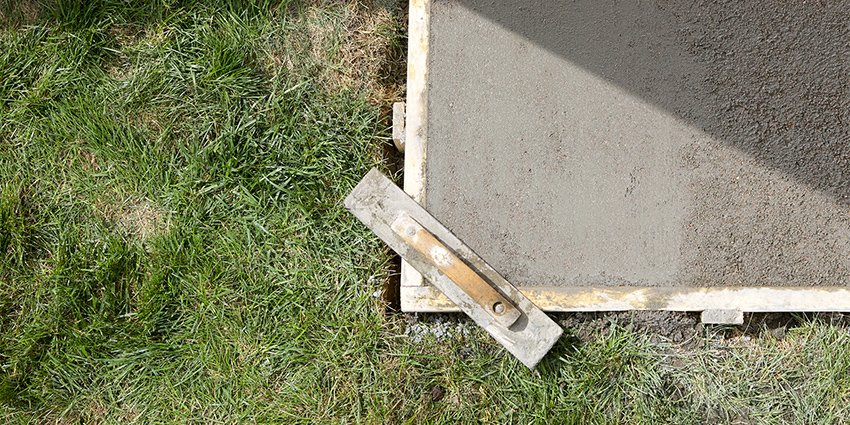Building a concrete shed base is a crucial step in ensuring the stability and longevity of your shed. However, it’s a task that can be fraught with potential errors, especially for those who are new to concrete work.
To help you navigate this process, here’s a look at some common mistakes to avoid and how to steer clear of them.
1. Inadequate Site Preparation
One of the most common errors is failing to properly prepare the site. This includes not leveling the ground or ignoring the need for a sub-base. The ground should be leveled and compacted, and a suitable sub-base should be laid to ensure stability and drainage.
2. Poor Material Quality or Wrong Mix
Using low-quality concrete or an incorrect mix can weaken your concrete shed base. It’s crucial to use a concrete mix suitable for outdoor use and capable of withstanding the weight of the shed and its contents. Ensure the mix isn’t too wet, as this can weaken the concrete.
3. Insufficient Concrete Thickness
Skimping on the thickness of the concrete can lead to cracking and structural issues. A typical shed base should be at least 4 inches thick. For larger sheds or those storing heavy equipment, a thicker base may be necessary.

4. Neglecting Reinforcement
Not incorporating reinforcement, such as wire mesh or rebar, is a mistake that can lead to cracks and long-term damage. Reinforcement helps to distribute weight evenly and strengthen the concrete.
5. Overlooking Weather Conditions
Pouring concrete in unsuitable weather conditions, such as extreme cold, heat, or rain, can adversely affect the curing process. Ideal conditions are mild and dry.
6. Inadequate Curing Time
Rushing the curing process is another common error. Concrete needs time to cure and gain strength. Typically, a minimum of one week is recommended, during which the concrete should be kept moist.
7. Ignoring Drainage
Poor drainage can lead to water pooling and seeping under the shed, causing structural issues over time. Ensure the base is slightly sloped for water runoff and consider additional drainage if necessary.
8. Failing to Check Local Building Codes
Not adhering to local building regulations can result in having to redo the work. Always check with your local building authority for any guidelines or permits required.
9. Inaccurate Measurements
Inaccurate measurements can lead to a base that’s too small or too large for your shed. Measure the area carefully, considering extra space for accessibility and maintenance around the shed.
10. DIY Without Necessary Skills
Attempting to DIY without the necessary skills or knowledge can result in a subpar base. If you’re unsure, it’s wise to consult with or hire a professional.
Conclusion
Avoiding these common mistakes can save you time, money, and hassle in the long run. A well-constructed concrete shed base is an investment in the longevity and stability of your shed, ensuring it stands strong for years to come.

